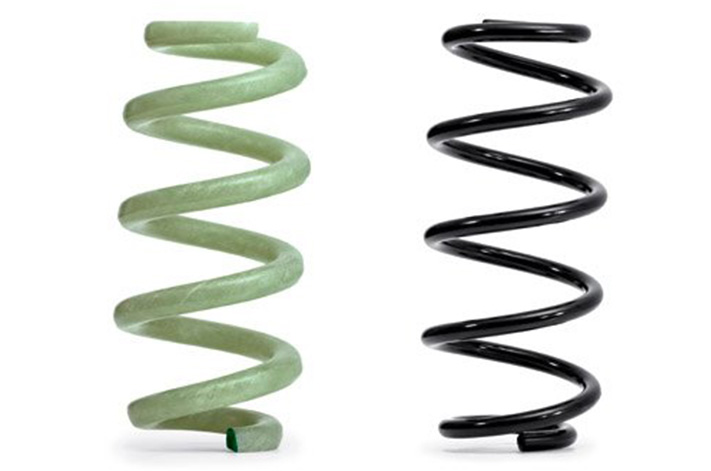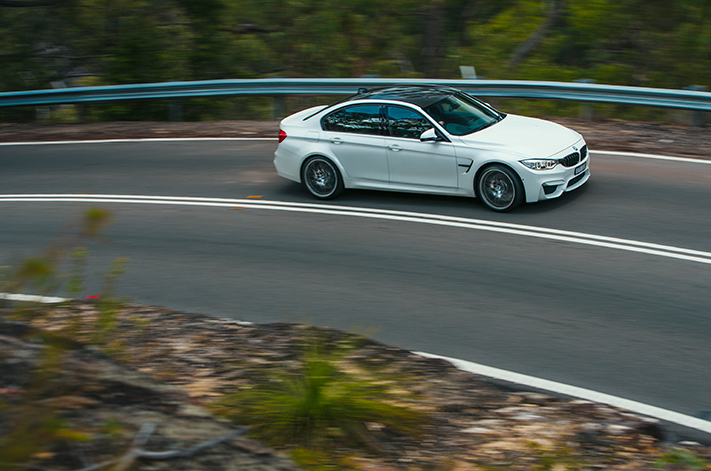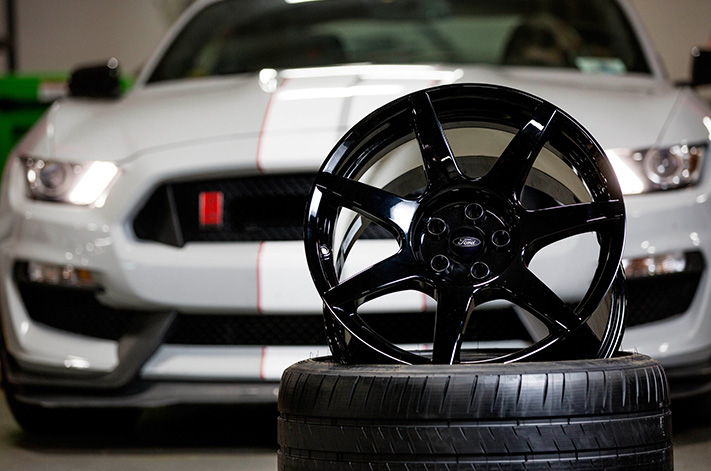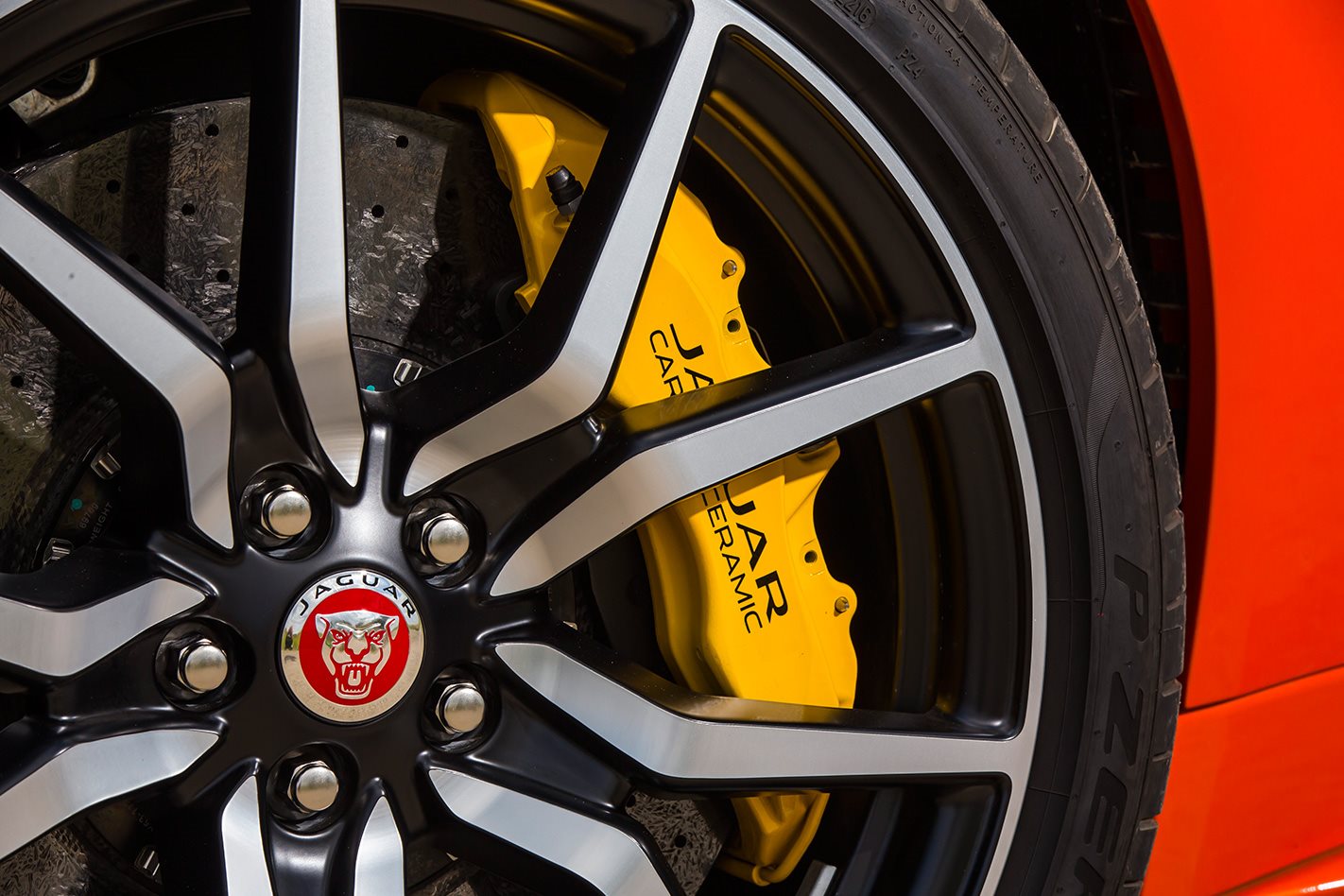UNSPRUNG weight is a term often thrown around when talking about high-performance cars and racecar chassis engineering and, while most petrolheads grasp the concept that minimised unsprung weight is a good thing, fewer know why or what it actually is.
Put simply, any mass of a vehicle that is not supported by the suspension system is regarded as unsprung weight, while the relatively large sprung mass is the portion of vehicle weight that is insulated from the road by the suspension.
Unsprung weight poses a completely different set of engineering challenges compared with the majority of vehicle weight which is sprung and carmakers are constantly developing new ways of cutting the kilos.
Wheels, tyres, outboard brakes and axles are all examples of unsprung weight, but components such as springs, dampers and suspension arms that provide some support while also contributing mass fall into a different twilight zone.
As a general rule, half of the weight of these hybrid masses is considered sprung, while the other 50 per cent is included as total unsprung weight, so that’s how you tot-up the total, but why does it matter?

A tyre contact patch that has constant contact with the asphalt or even loose surfaces will provide better traction, resulting in improved cornering performance, handling and driving dynamics.
Explained: Variable Compression
It is far easier to maintain contact with a perfectly smooth road but imperfections and lumps will do their best to throw the tyre away from the surface and the inertial effect is amplified as speeds increase.
It’s the same principle as a car approaching a ramp at different speeds. Attack the ramp slowly and the vehicle will fall off the end immediately and re-join the surface quickly, but with a bit more speed the car will stay away from the ground for longer.

With a lower unsprung weight, the tyre can be pushed back against the black-top by the suspension faster thanks to the lower inertia (an object’s reluctance to changing direction or speed). Lower unsprung weight usually results in better chassis characteristics because grip is good. It’s that simple.
But reducing unsprung weight is often far harder than sprung weight minimisation. While the body, passenger cell, interior components, glazing, powertrain and even electronics offer many possibilities for weight removal, unsprung components are typically made from dense, high-strength and heavy materials that are more difficult to trim down without sacrificing essential strength.
But modern design and materials technology is allowing significant steps in unsprung mass reduction.
When cast aluminium alloy wheels upstaged pressed steel rims, significant gains were possible in chassis performance, and the science has continued to progress with forged alloy wheels.

The Carbon Revolution rims fitted to the Ford Shelby Mustang GT350R weigh just eight kilograms each and offer the ultimate in handling optimisation. Despite their weight, they are also tough and have to survive cruel kerb impact testing without significant damage.
Beyond wheel design, some car makers are experimenting with innovative suspension springs, including a fibreglass coil spring conceived by Audi that is 40 per cent lighter than conventional steel versions.
Hugely expensive carbon-ceramic brake discs are known for their ability to absorb and dissipate massive amounts of heat without complaint when punished on the race track, but the composite material rotors are also significantly lighter than the iron versions that used to be the only option.
It might be a serious design challenge but, when it comes to unsprung weight, less is definitely more.






